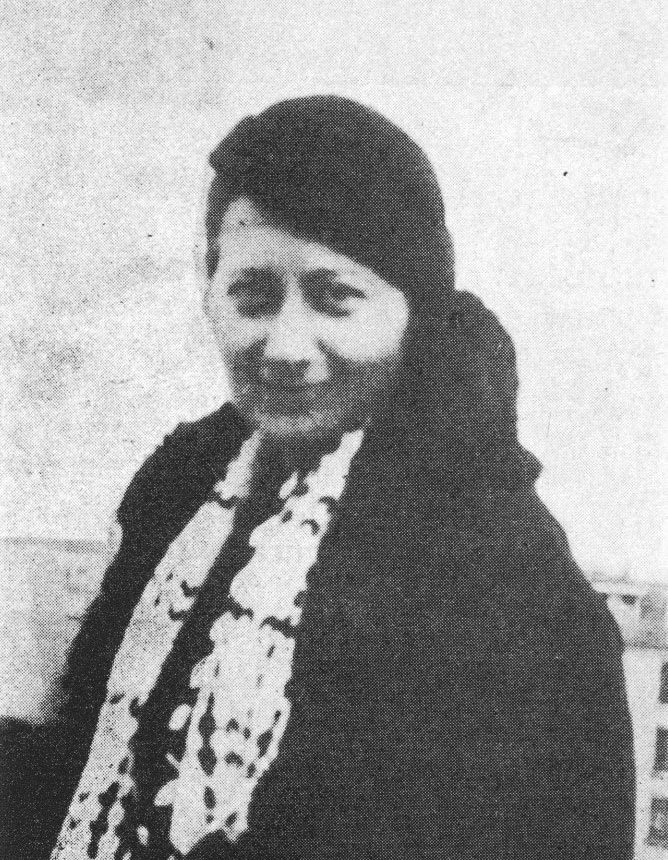Aron HABER BERON
Январь 2, 2019Henri HAYDEN
Январь 2, 2019Франия ХАРТ (известная также как Франия Фейжин)
ВАРШАВА 1896 – ДЕПОРТИРОВАНА В 1943 Г.
Родом из семьи торговцев тканями, Франия Харт рано проявила интерес к живописи и поступила в Школу изящ- ных искусств Варшавы, где училась у Костабинского. В 1921 году она продол- жила обучение в венской Школе искусств и познакомилась с Фрицем Карпом, вен- ским поэтом, который был её спутником вплоть до её отъезда во Францию в 1928 году. В Париже она записалась в художе- ственную школу, посещала кафе Монпарнаса и познакомилась с художником Бенжаменом Рафаэлем Секундой, работав- шим водителем такси. Она принимала уча- стие во многих коллективных выставках в Париже и в Варшаве. Писала портреты и натюрморты. Во время войны Рафаэль Секунда смог продать несколько картин, а Франия Харт под- рабатывала ретушированием. Скульптор Ваго-Вайс, их сосед, предложил им укрыться у него. Франия была арестована 18 июля 1943 года и депортирована эшелоном №57. 22 июля 1942 года Рафаэль Секунда также был аресто- ван и депортирован эшелоном №9. Оба убиты нацистами.
Stories of Jewish Artists of the School of Paris 1905-1939
FRENCH-ENGLISH
Capitale des arts, le Paris des années 1905-1939 attire les artistes du monde entier. De cette période de foisonnement, un terme est resté, celui d'Ecole de Paris, qui recouvre une grande diversité d'expression artistique. Dans ce brassage dont Montparnasse est le creuset, un groupe se distingue : celui des artistes juifs venus de Russie, de Pologne et d'Europe centrale. Si leurs styles sont variés, un destin commun les rassemble : ils fuient l'antisémitisme de leur pays d'origine. Certains ont connu la célébrité dès les années 1920, tels Soutine, Lipchitz ou Chagall. D'autres n'ont pas eu le temps ou la chance d'y accéder. Près de la moitié a péri dans les camps de concentration nazis.
From 1905 to 1939, Paris attracted artists from all over the globe as the capital of the art world. This period of artistic proliferation became known as the School of Paris, and includes a great diversity of artistic expression. Within the teeming art world centred on Montparnasse, one group set itself apart: Jewish artists from Russia, Poland, and Central Europe. Although their styles were diverse, they shared the common fate of fleeing anti-Semitic persecutions in their home countries. Some became famous in the 1920s, such as Soutine, Lipchitz, and Chagall, while others did not have the time or the luck to gain renown. Nearly half of these artists died in Nazi concentration camps.





